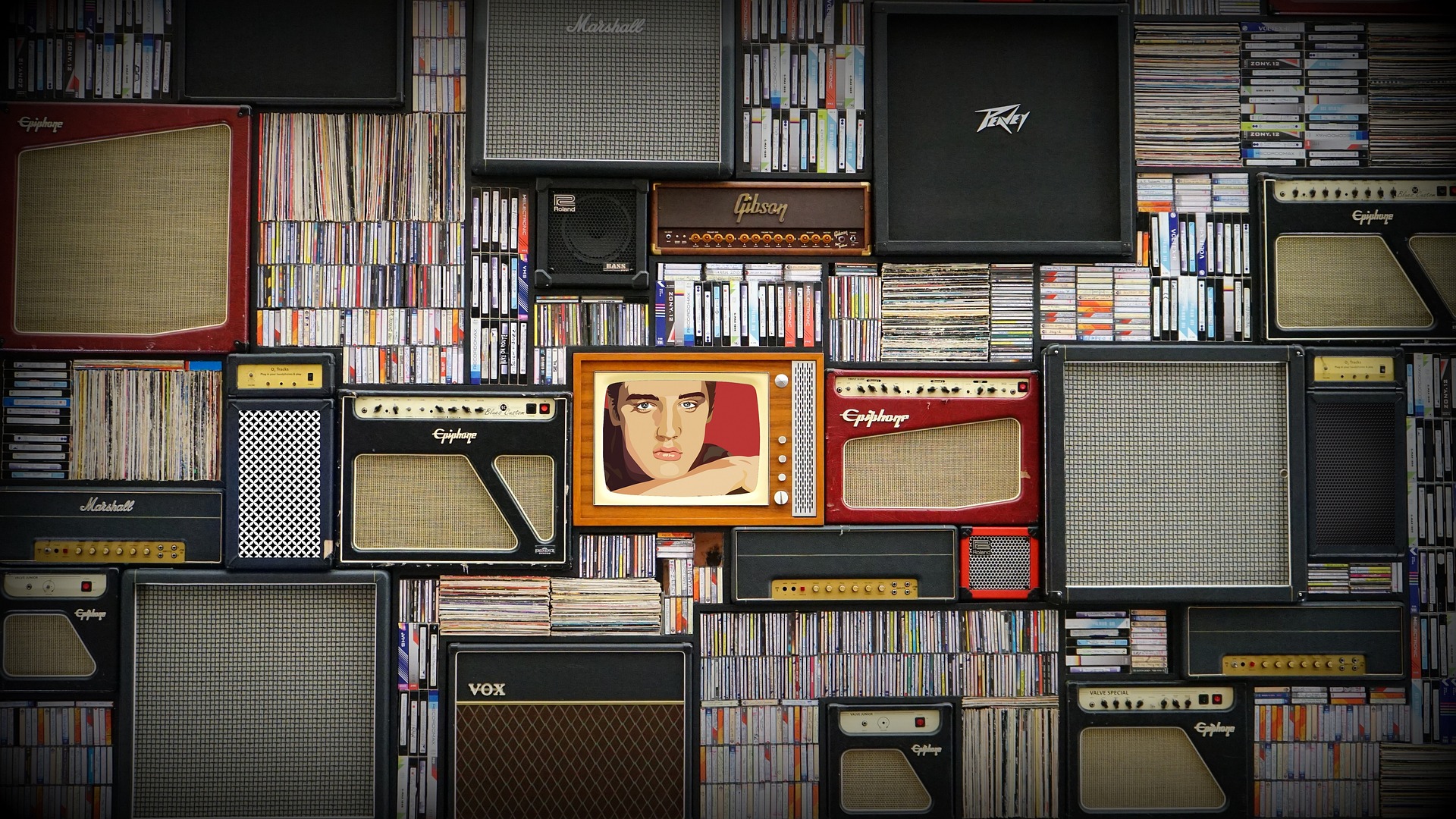Bridging Worlds: Digital Art and the Metaverse
Art has been a form of human expression since time immemorial, evolving steadily as society progresses. In the 21st century, we have been witnessing a unique shift in the art world, where digital technology has given birth to an avant-garde movement: Digital Art in the Metaverse. This movement brings forth a new domain for artists and art enthusiasts to explore, blurring the boundaries between physical and digital experiences.

A New Ground for Creativity: What is Digital Art?
Digital Art, in its simplest terms, is art created using digital technology. Emerging in the 1980s as a radical new medium, it has since evolved into a vibrant and multifaceted field. It encompasses various forms, from digital painting and sculpture to immersive virtual reality experiences. Digital Art challenges conventional notions of what art is and can be, offering endless possibilities for creativity and innovation.
The Metaverse: A Digital Universe
The Metaverse, a term coined by author Neal Stephenson in his 1992 science-fiction novel “Snow Crash,” refers to a collective virtual shared space created by the convergence of virtually enhanced physical reality and physically persistent virtual reality. In the Metaverse, various forms of digital content coexist, interact, and evolve, providing a new platform for Digital Art to thrive.
Digital Art Meets the Metaverse
The marriage of Digital Art and the Metaverse is a game-changer for artists and art lovers alike. Artists can create without the physical limitations of traditional mediums, generating art that is fluid, dynamic, and immersive. For art enthusiasts, the Metaverse offers a unique way to experience and interact with art, breaking down geographical barriers and democratizing access to art experiences.
The Impact and Reception of Digital Art in the Metaverse
The impact of this innovative convergence is profound. It’s transforming the way we create, perceive, and interact with art. From virtual galleries and exhibitions to digital art marketplaces, opportunities for exploration and engagement are abundant.
Despite some skepticism, the reception of Digital Art in the Metaverse has been largely positive. With high-profile sales of digital artworks, including Beeple’s NFT artwork selling for $69 million at Christie’s, the recognition and value of Digital Art have skyrocketed.
Adapting to the Future of Art
As we navigate this new frontier, it’s clear that Digital Art in the Metaverse is not a passing fad but a fundamental shift in the art world. Embracing this change and adapting to this new landscape will be crucial for artists, institutions, and art lovers. As we look to the future, one thing is certain: the world of art will never be the same.




